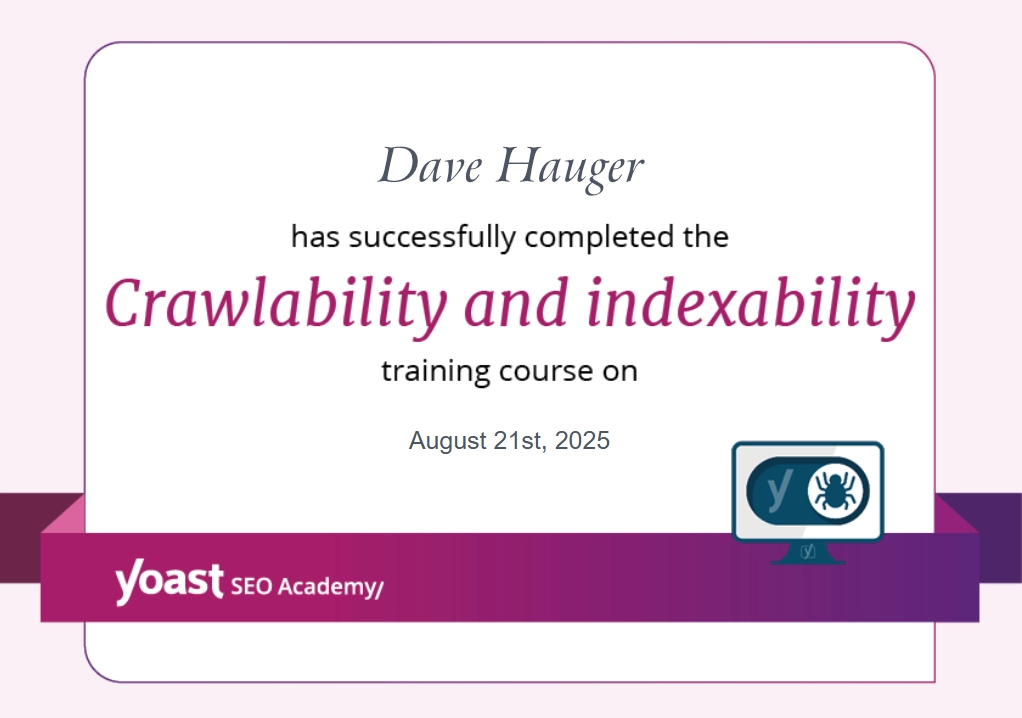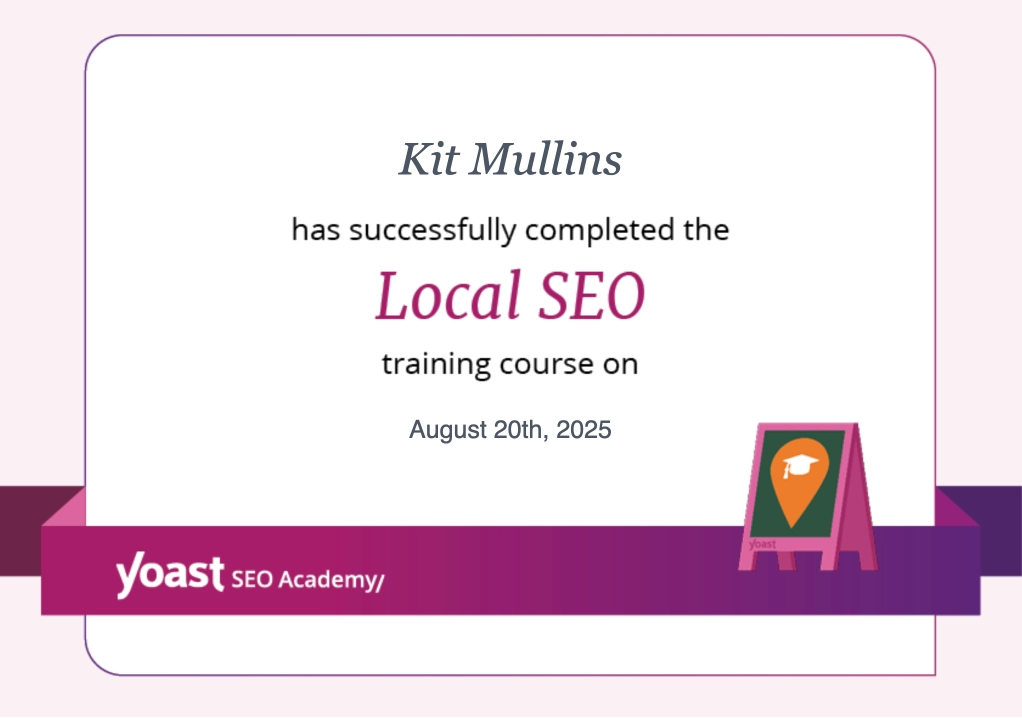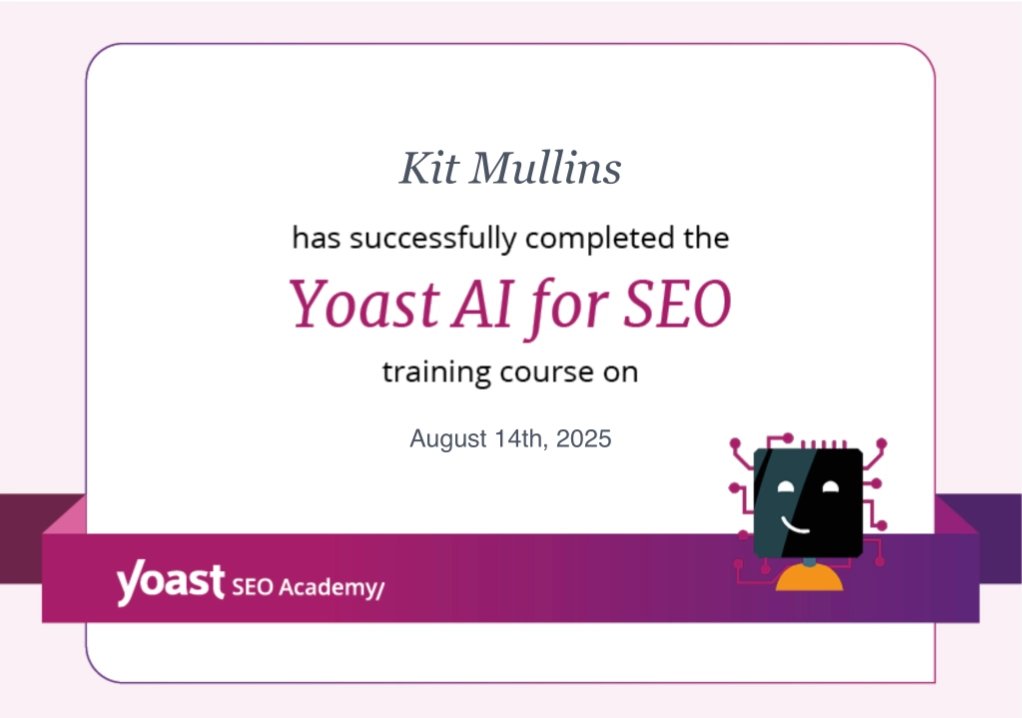As a social network, LinkedIn has long had a bit of an identity crisis. It was the one that was “kind of like Facebook,” but could never spark the same level of obsessiveness enjoyed by its more popular counterpart. LinkedIn does not boast the same profile as Zuckerberg’s juggernaut, but in mid-2014 it did surpass 300 million users, according to a Forbes article by Cheryl Conner.
But now, LinkedIn has seemingly hit its stride and carved out a valuable niche as the preferred social network for career- and business-minded networking. LinkedIn has managed to overcome the cross-platform comparisons of “connections” and “friends.” Here, it’s not about the sheer number of users (while big numbers never hurt), but the strength and depth of the connection between users. With LinkedIn, quality takes precedence over quantity.
As of May 2014, 41% of people now report 500+ connections, up 30% from 2013.
15% have more than 1,000 connections, which is up 30% from 2013. (Forbes)
LinkedIn Company Pages have also surged:
In 2014, the company page usage jumped from 24% to 57%. (Forbes)
At first, LinkedIn’s Company Pages seemed superfluous next to Facebook’s Fan Pages (another microcosm of social media on the whole). Superficially, these pages work in a very similar manner to the corresponding Facebook product.
- There is a small “follow” button you can place on your website.
- You can make posts that LinkedIn users may “like” and comment on.
- There is room for a nice featured image and About Us/Introductory section.
Facebook is fun, and many many people use it for recreation on a daily basis. While having Facebook fans for your company is valuable, that venue is not always going to get you the best mileage for your carefully crafted content. For your business to earn clout, you will occasionally need access to a more serious-minded network.
A LinkedIn Company Page is not overwhelmingly feature-laden, and yet the potential reach of one can be invaluable. If you’ve used LinkedIn at all, you have some base familiarity with the concept of connections. In a business sense, your connections can actually be much more valuable than your fans. Connecting with others and exploring the vast web of 2nd and 3rd degree connections, you will realize that you have tapped into a rich source for potential leads, clients and advice.
The professional culture inherent to LinkedIn is the main draw here. Serious and thought-provoking content doesn’t always find its intended audience in more informal settings like Facebook where most people just seem to be looking for cat memes. LinkedIn is important as an alternative publishing platform for your company’s blog posts. When you have a strong professional network on LinkedIn, you can use it as a forum to effectively establish your company as a thought leader.
Another benefit of using LinkedIn is that Google considers it a trustworthy information source, so its pages tend to rank well in Google searches. Taking it to the next level, these trustworthy, high-ranking Company Pages can also be viewed without logging into LinkedIn. The potential for exposure is significant.
Many are working to figure out the value of LinkedIn, but the social element is still strong. Your LinkedIn company page can feature your connected employees, projects, publications, and even job openings. This allows others to meet your team and get to know your company.
Ultimately, LinkedIn is a place that business owners would be crazy not to be. As with any social platform, different companies will desire different levels of involvement, but it is crucial to establish a presence in some capacity. LinkedIn has hit its growth spurt and left its awkward phase behind. Don’t make the mistake of writing it off as less important than Facebook and Twitter. Fewer users? Perhaps, but you just can’t discount the quality and depth of connections that LinkedIn was designed to leverage.
I leave you with a few more points made by Cheryl Conner and Wayne Breibarth, a fellow LinkedIn expert:
- “People are starting to get that connections on LinkedIn are the gas in the tank of their networking efforts (and the equivalent of high octane type of gas in its ability to help you connect efficiently with your target audience)” (Breibarth).
- The percentage of respondents who are paid members (16%) is down 2% from last year. Breibarth thinks that this could be a result of LinkedIn’s huge year-to-year growth overall. (Conner)
- 48% of respondents were spending more than 2 hours a week on LinkedIn in 2013. In 2014 this number rose a full 10%. Breibarth said, “I doubt folks will spend more time on LinkedIn because they’ve got nothing better to do. I believe it means the time is probably paying off for more people and thus they are willing to spend more time on the site every week.” The percentage of people spending 7 or more hours a week on LinkedIn rose from 11% to 18% in 2014. (Conner)
- 25% still don’t know about the setting that allows them to hide their connections. (Conner)
- Posting individual statuses has become 29% more popular. (Conner)
Is your company on LinkedIn? Where has it paid off most?







